Cleaning Coins is not a very in-depth topic and instead needs to be understood to keep the coins at their best.
In this page we will see to do some ‘clarity on the cleaning coins topic. We will also see what are the best behaviors to keep, the best techniques to use and the procedures indicated according to each type of coin.
Are you a Numismatist? Did you find a box of old coins hidden in the attic? Maybe you have some old lira coin or rare coins or some other copper coin and you are wondering:
“How can I clean them safely to keep them better over time?”
Maybe some of you have found some oxidized euro coins on the beach or on the ground and “Why not, why not clean them to use them?“
Cleaning Coins: Different Types of Metal
When we talk about of how to clean coins, we must first make some distinctions.
The basic rule is this one: Not all coins are made of the same metal. Different coins therefore have different cleaning needs.
The recent European coins and therefore also the most collected rare euro coins, are made up of alloys with various names, such as “Nordic Gold” or “Nickel Brass“.
The coins of the old italian lira coin (1, 2, 5 and 10 lire pieces) are composed of an alloy called “Italma” (The acronym stands for: Italian Aluminum Magnesium).
It is instead the “Acmonital“, abbreviation of the Italian Monetary Steel, the alloy of iron, chrome and nickel of which the 50 and 100 lira coins of the Italian Republic are made. Even the outer part of the bimetallic 500 lira coins are made with that alloy..
The inside of the 500 lira coins is instead of an alloy called “Bronzital“, composed of copper, aluminum and nickel, as well as the outer part of the 1000 lire coins.
We will see later how to deal with the cleaning of coins in Italma like the 10 lire, and some tips on how to treat the others.
Cleaning Coins: Euro Coins
First of all, cleaning every coin is a procedure that starts from the observation of the piece we have in our hands. We need to understand what makes our coins need cleaning.
Often, if the coins were found on the ground or under the ground, they are only encrusted and come back new if brushed with an old toothbrush and a little water.
However, when the organic acids of the soil have begun to affect the metal, it may be useful to brush the coin with a brush with brass bristles (like this one).
Be sure to make circular movements and firmly brush the coin to remove the encrustations.
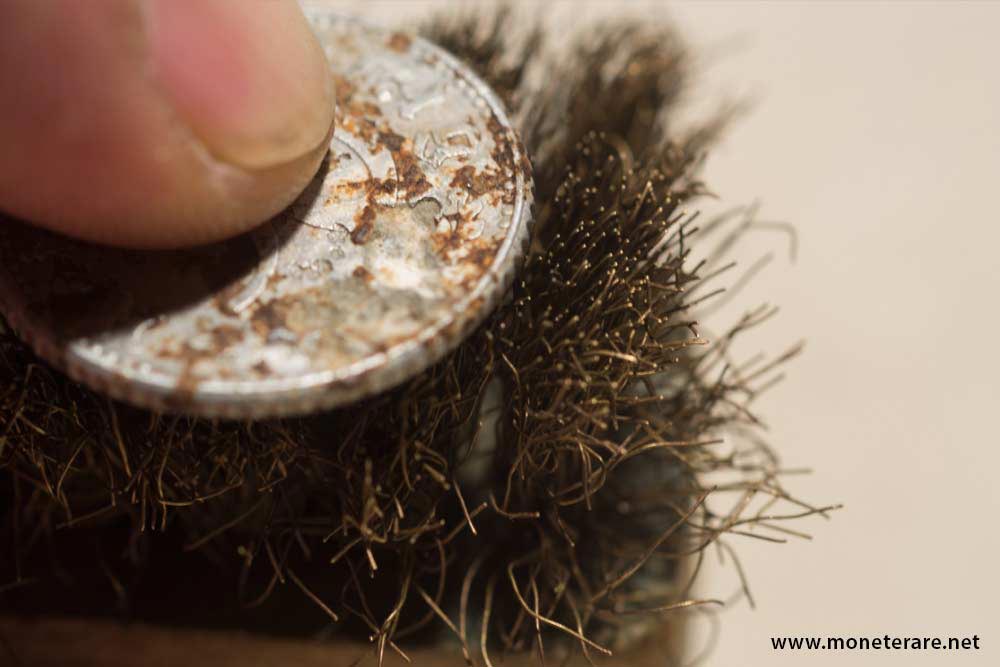
Then it may be useful to leave the coin immersed in vaseline oil for a few hours, to “seal and isolate” the metal from the atmosphere as much as possible.
Finally a drying with a cloth or a sheet of absorbent paper and the cleaning of the coin is complete.
Cleaning coins: 2 euro pieces
It often happens to find 2 euro coins on the beach that, due to the saltiness, have encrustations and oxidations of varying intensity.
This kind of oxidation can not be cleaned with a simple toothbrush and a bit of water.
To clean the 2 euro coins, like the 2 euro commemorative coins or even the 1 euro coins piece, you can try to immerse them in muriatic acid at 12%, stirring them for a few minutes in a closed container.
When you see that the coins begin to clear, remove them from the muriatic acid and stop the reaction with plenty of water and bicarbonate.
Having done this, a decided brushed with our faithful brass brush should give back to the oxidized euro coins some of their lustrous past.
When the 2€ and 1€ coins that you have to clean are too many and the time is short, the best solution would be “tumbling“. It is nothing more than a mechanical-chemical cleaning process.
It works like this:
Abrasive sand, Viakal soap and water are added to the “buratto“. The “Buratto“, a kind of barrel, rotating on himself , will clean the coins from encrustations and oxidations.
These methods of cleaning up the oxidized euro coins can also be used to clean up some old lira coins.
Cleaning Lira Coins
Some of the Lira coins of the Italian Republic such as 50 and 100 lire, being composed of Acmonital, are very resistant to oxidation and are now still shiny and clean as they were then.
Others, like the 200 lire in Bronzital, if left for a long time on the ground can, have different degrees of oxidation and encrustation. To clean the 200 lira coins (like the one in the photo below) just keep them for a short time soaking in vinegar near a heat source to speed up the reaction (like a radiator) and then brush them with the brass brush.
This depends to a large extent on the type of terrain and the proximity of the sea. An acid or calcareous ground acts differently on each different material.
Each time it is up to us to understand how to better act to remove the encrustations but to succeed (something that is very important) to safeguard the possible “patina” of the coin.
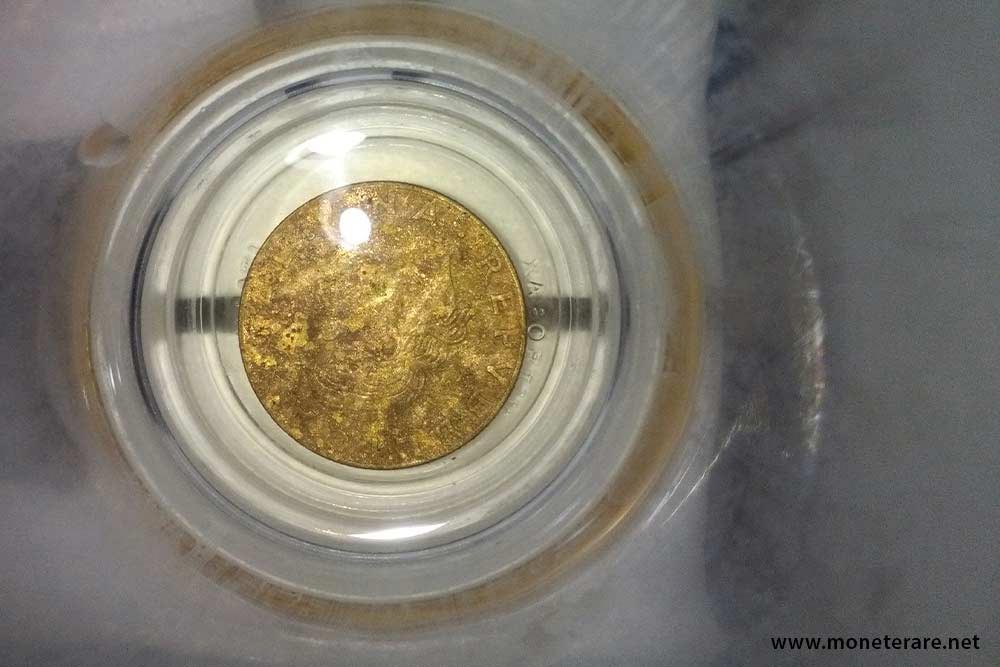
Generally the Italian lire does not present great difficulties in cleaning. Often for the 200 lire, a bath in hydrogen peroxide or in vinegar and a bit of brushing with a toothbrush is enough.
In cases of persistent fouling, it can help the mechanical removal with a scalpel and a microscope or more simply a good brass brush.
How to clean 10 lire coins
The 10 lire coins, as well as the 1, 2 and 5 lire coins, are composed, as already mentioned, by an alloy called Italma.
This particular alloy is composed of 96.2% of aluminum, 3.5% of magnesium and 3% of manganese.
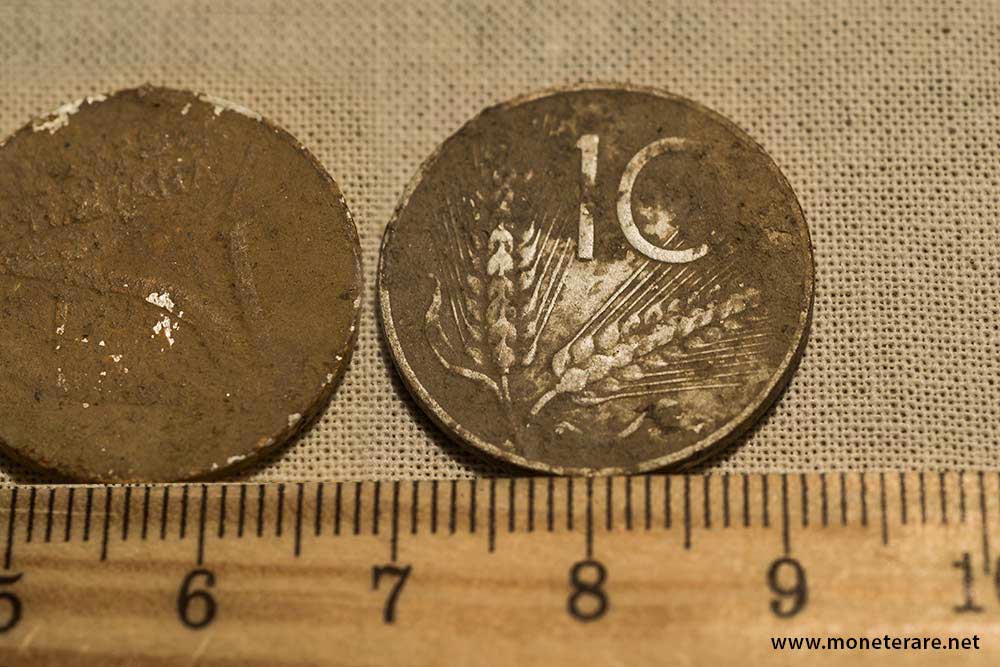
The aluminum, unfortunately, in contact with the organic acids of the soil, is often corroded to the point of making the money irrecoverable.
In other more lucky cases, it is instead possible cleaning coins with good results with a simple pass with the usual brass brush.
With circular movements and moderate pressure, it is generally possible to bring details and writings back to light.
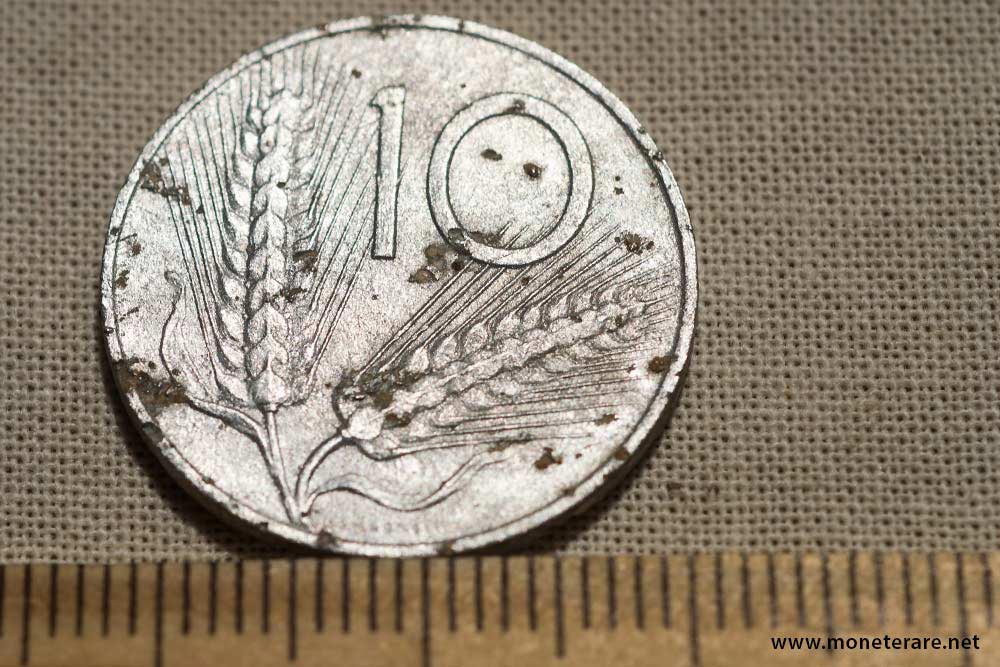
When aluminum starts to be irreparably compromised, before cleaning coins made of aluminum it is better to let them soak in vaseline oil (which softens the encrustations), and then proceed with brushing.
Finally, after cleaning the coin, it may be useful to sprinkle it with a layer of neutral wax, for example the Renaissance wax, which creates a film between the metal and the atmosphere slowing down and prevents further corrosion.
Cleaning Coins made of Copper
If the coin you need to clean is mainly made of copper, you will have to act with more delicacy, depending on the state of conservation.
The old cents of the “Kingdom of Italy” are found very often, and when they are well preserved they have a beautiful patina and green color, due to the high copper content present.
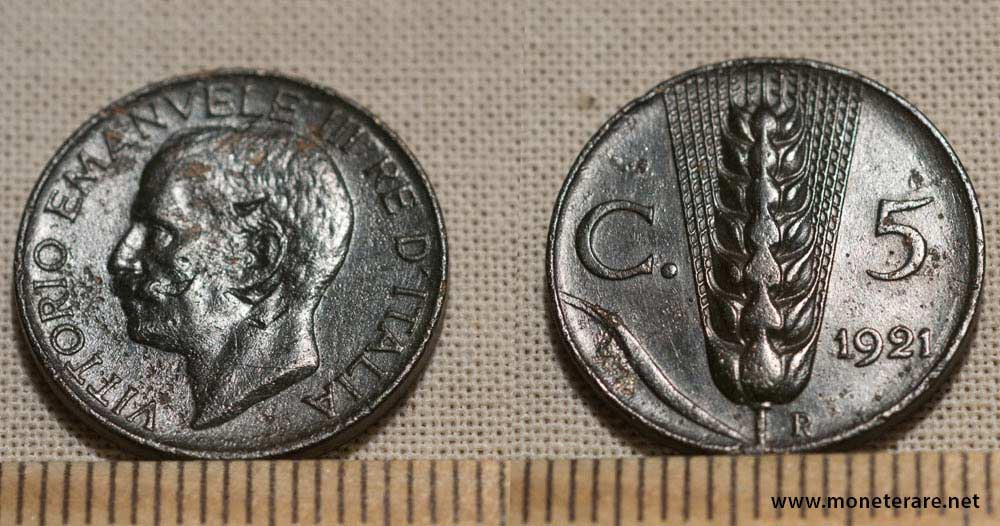
However, if these copper coins have been in contact with the ground, corrosion and oxidation of copper have often deeply affected the coin, like that of the image below.
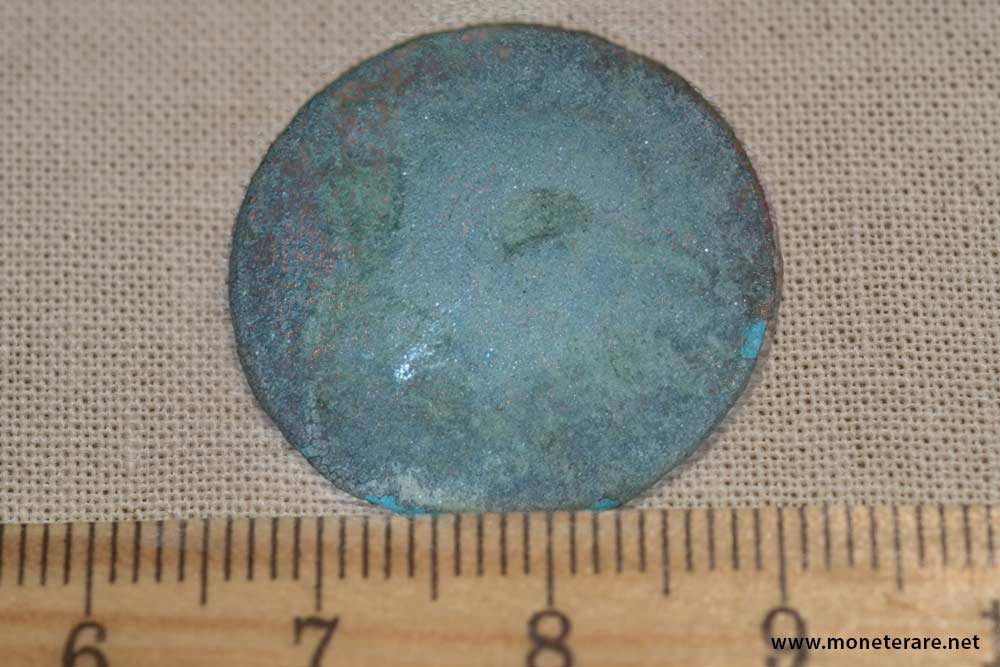
First of all, on these coins, it is good to give an initial cleaning with your fingers, to remove any earthy residues and to test the consistency of the possible patina.
If there are slight incrustations, some baths in distilled water and some light brushes may already make the copper coin clean and ready for a little wax.
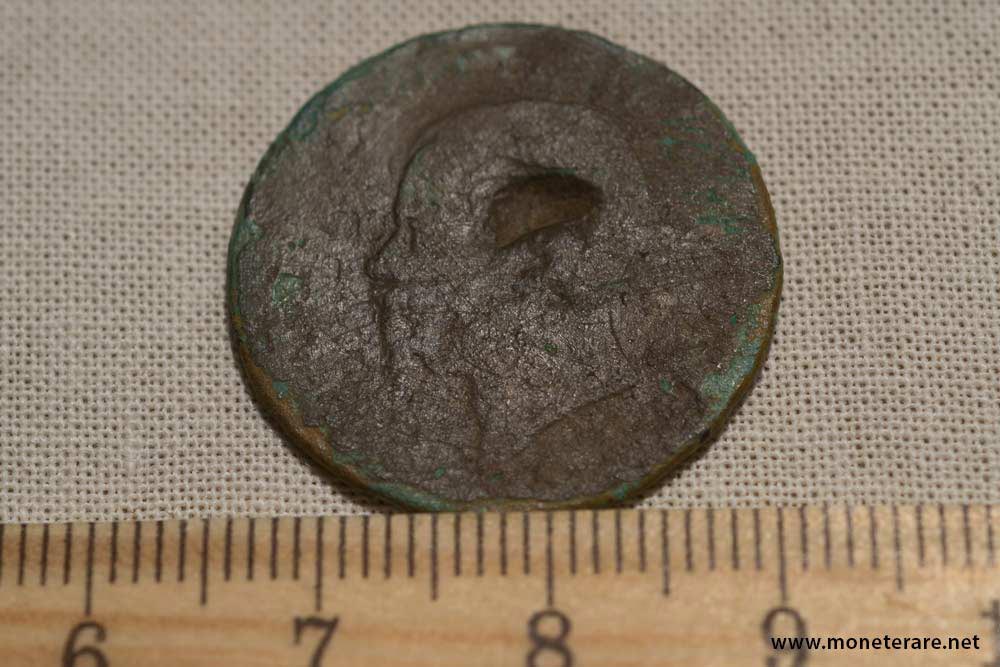
If the acid soil has already begun to corrode the coin and the encrustations are harder, immerse it for a few hours in Vaseline oil to soften the encrustations and then proceed to brush.
Tip: It may be useful to use a wooden toothpick to scrape away the most stubborn encrustations.
Often, many coins with a greenish oxidation that would suggest a copper coin are silver coins instead.
It was common to add a percentage of copper to silver, and by eliminating the greenish oxidative patina often silver returns to shine.
By the way, we also talk about how to clean silver coins right now.
Cleaning Coins made of Silver
Silver coins, and silver in general, tend to be covered with a dark patina over time.
It is the Silver Oxide (Ag2O), which looks like a black dust that covers the brilliance of silver.
For collectors and numismatist experts of ancient coins, the patina of each coin makes its value greater. It is not always advisable to intervene to clean the coin from its patina.
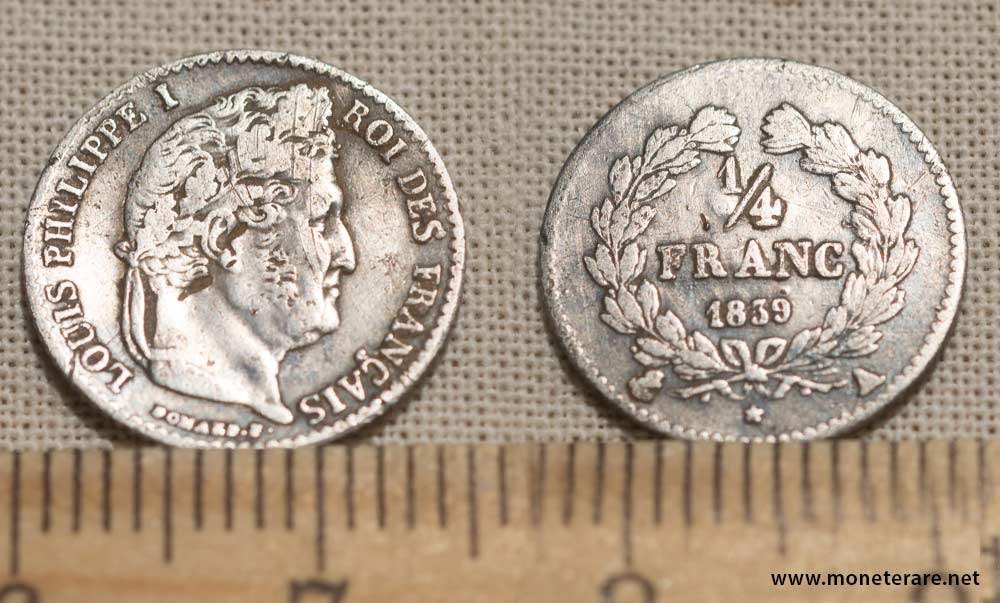
If you decide to do this, cleaning silver is not very complicated in itself.
There are many products on the market for the cleaning of silverware, as well as many home remedies.
For example, you can clean silver coins with bicarbonate, an aluminum foil, and hot water.
The procedure for cleaning silver coins is simple:
Cover the inside of a glass container with aluminum. Pour in hot water and melt the bicarbonate. At this point immerse the silver object in the container.
Thanks to the saline solution there is an oxidation-reduction reaction between aluminum and silver. The latter is reduced, losing the patina, while aluminum oxidizes.
As mentioned above, however, we advise against intervening with radical cleaning on old coins to avoid the risk of losing value and ruining them.
If you have similar coins or some other piece you want to sell individually or in lots, you can rely on the partner we always use to buy or sell coins online: click here to open his site. (registration and item listing are free).
Cleaning Ancient Coins
If you are in possession of old coins dirty with terrain or other encrustations, depending on the material, it is often enough a light pass between the fingers, or a very light cleaning with a cotton bud and vaseline oil.
For coins made of silver, for example, it is sufficient to pass them between the fingertips and the coin is immediately readable.
Copper coins are more delicate and to make the details stand out, it is often enough to moisten the fingertip with Vaseline oil and gently wipe it over the two sides to bring out the reliefs.
Be careful with Vaseline oil because, even if it is sometimes necessary, it often changes the color of the patina.
If the coin is consistent and not fragile, you can proceed with immersions in hydrogen peroxide (10 or 12 volumes) and brushed with a toothbrush to remove the encrusted terrain.
Once cleaned, rinse several times with distilled water, drying and finally some protective wax.
Cleaning Coins Made of Bronze
Before getting to talk about the cleaning of bronze coins, we recommend going to read the various laws in force in your country (in this case is Italy) concerning coin collecting and the search for rare coins.
In Italy, if you happen to take possession of a coin that we believe to be ancient fortuitously, perhaps during an exit with the metal detector, the correct behavior to keep is that, according to the exceptionality of the find, you promptly notify the authorities.
Within 24 hours the discovery must be communicated to the Superintendency or to the Mayor of the Municipality.
If, once found, the object is collected and removed from the context to preserve its integrity, it must then be handed over to the aforementioned authorities, who will provide for the assessment of the case.
Often, when the coin or the object found is not of such a rarity that it must be retained by the Superintendency for study or restoration, it is delivered in custody to the discoverer.
Bronze coins, if not corroded, do not require excessive cleaning. Sometimes even a simple pass between the fingers can be excessive for a very fragile coin.
Cleaning Roman Coins
As mentioned above, if we are in possession of a Roman ancient coin with appropriate and regular documentation, certainly will have already been cleaned and cataloged.
If instead you have accidentally found a Roman or ancient coin or another object of clear archaeological interest, it is recommended to send an e-mail to the Superintendent, to the Carabinieri or the Mayor, within 24 hours of finding it.
It must be accompanied by clear photographs of the object and report any information useful to define the context of the place of discovery.
Therefore it is absolutely inadvisable to intervene with hazardous cleaning before having reported to the agencies responsible for the discovery.
If the object reported is not of importance to be retained and will be returned to you.
However, we recommend that you do not overdo it: cleaning old coins is not a good idea. Remember that some coins are very fragile objects and should be handled as little as possible for proper storage!
Cleaning Coins in Good Conditions
Perhaps the coins in your collection are already in good condition and do not need elaborate cleaning (they do not have dirt or terrain over it). Maybe you just want to keep them in the best way.
Here are our tips. If it is a well-kept collection, just pass a little wax on the rare coins and store them in their cases. If the coins have dust or other then maybe a clean with a cloth, before applying the wax, it will surely do well and will help your coins to keep themselves for a long time.
You did not find what you were looking for? Check these topics:
- If you are looking for Euro Rare Coins then click here.
- If you are a numismatist and you want info on 2 Euro Commemorative Coins click here.
- The Rarest Lira Coin and their great value has been dealt with here.
- Pieces and their value of Italian 20 Lire Coin are described here.
- If you want info about Roman and Greek Coins and other Ancient Coins and their value, you can find it here
- Roman coins were discussed here.
- You will find everything about British Gold Sovereign Coins here.


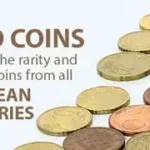
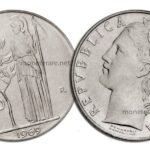
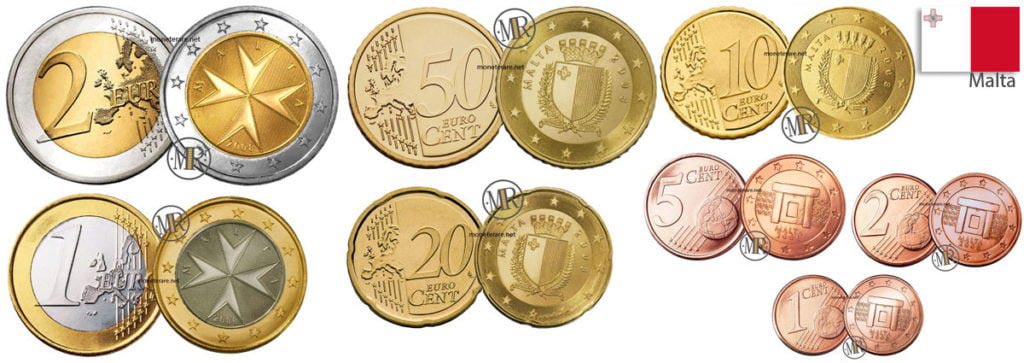
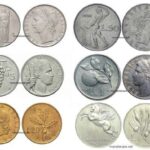
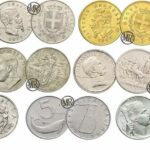
I understand your point and it is very interesting. Certainly it must be said that cleaning some coins is quite necessary (for example those found with metal detectors) and also those like you said that have a dirt that does not allow identification. The patina is the “proof” of the authenticity of a coin as well as the testimony of the history and age of the piece. Risking to eliminate it by cleaning a coin would be a mistake that should not be made (Imagine polishing or treating badly a Roman coin, would lose all its history and authenticity”) thank you for your comment.
I just do not understand this mania for not cleaning coins. So many of my copper and bronze coins are almost jet black and cannot be dated even in this state.
Neither do I understand how a blackish patina can make the coin more attractive.
Many of us do not have deep pockets and cannot afford coins in extra fine condition. Or if we did afford one coin, our albums and collections would be tiny to say the least. This takes away the fun of collecting coins as a hobby.
Surely the more well off of our society could be less aggressive towards those who do collect ” the cheaper end ” of Coin Collecting as a hobby and enjoy the hobby without making us feel as pariahs when carefully cleaning old coins.